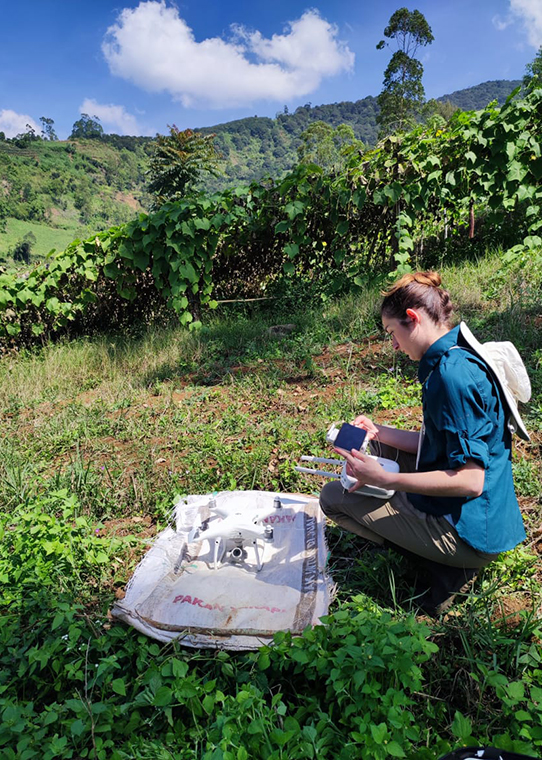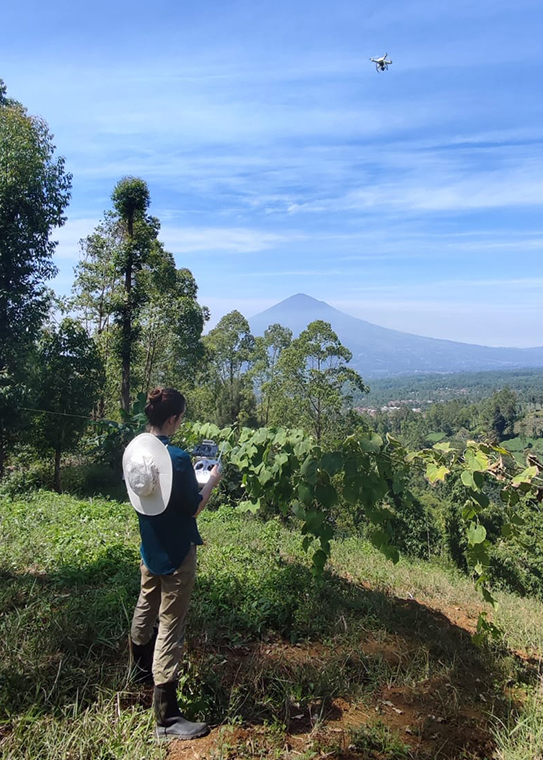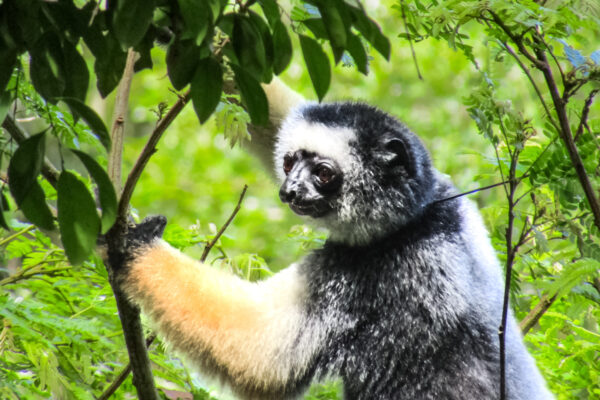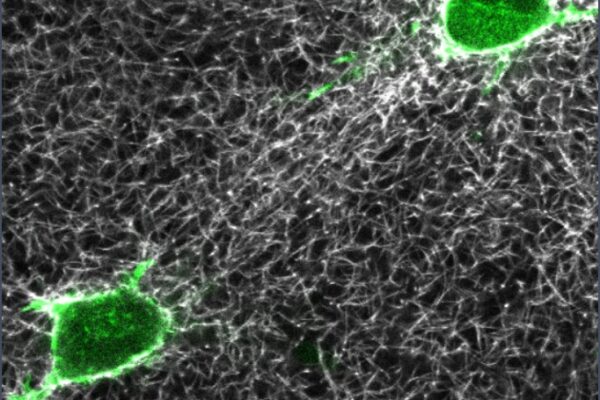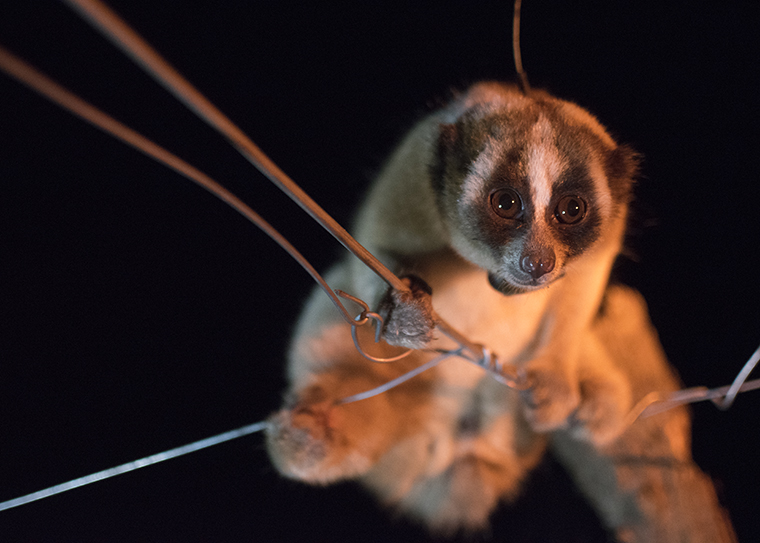
Small, shy and nocturnal, slow lorises are often described as resembling children’s teddy bears. But slow lorises are also the only known venomous primate. Modified sweat glands allow them to secrete a toxin that is strong enough to take down a human-sized predator.
Leslie Annette Paige, a graduate student of biological anthropology in Arts & Sciences at WashU, studies the Javan slow loris, a critically endangered species of loris. She recently presented her research at the Geo-Resolution conference, hosted by the National Geospatial Intelligence Agency and Saint Louis University in St. Louis.
“We are using remote sensing technologies — namely satellite and drone imagery — to map loris habitats in the highest possible resolution,” said Paige, who collaborates on this work with the Little Fireface Project. “Then we can conduct geospatial analyses to look at how loris space use relates to features we are able to distinguish in the landscape.”
Read more on The Ampersand website.
